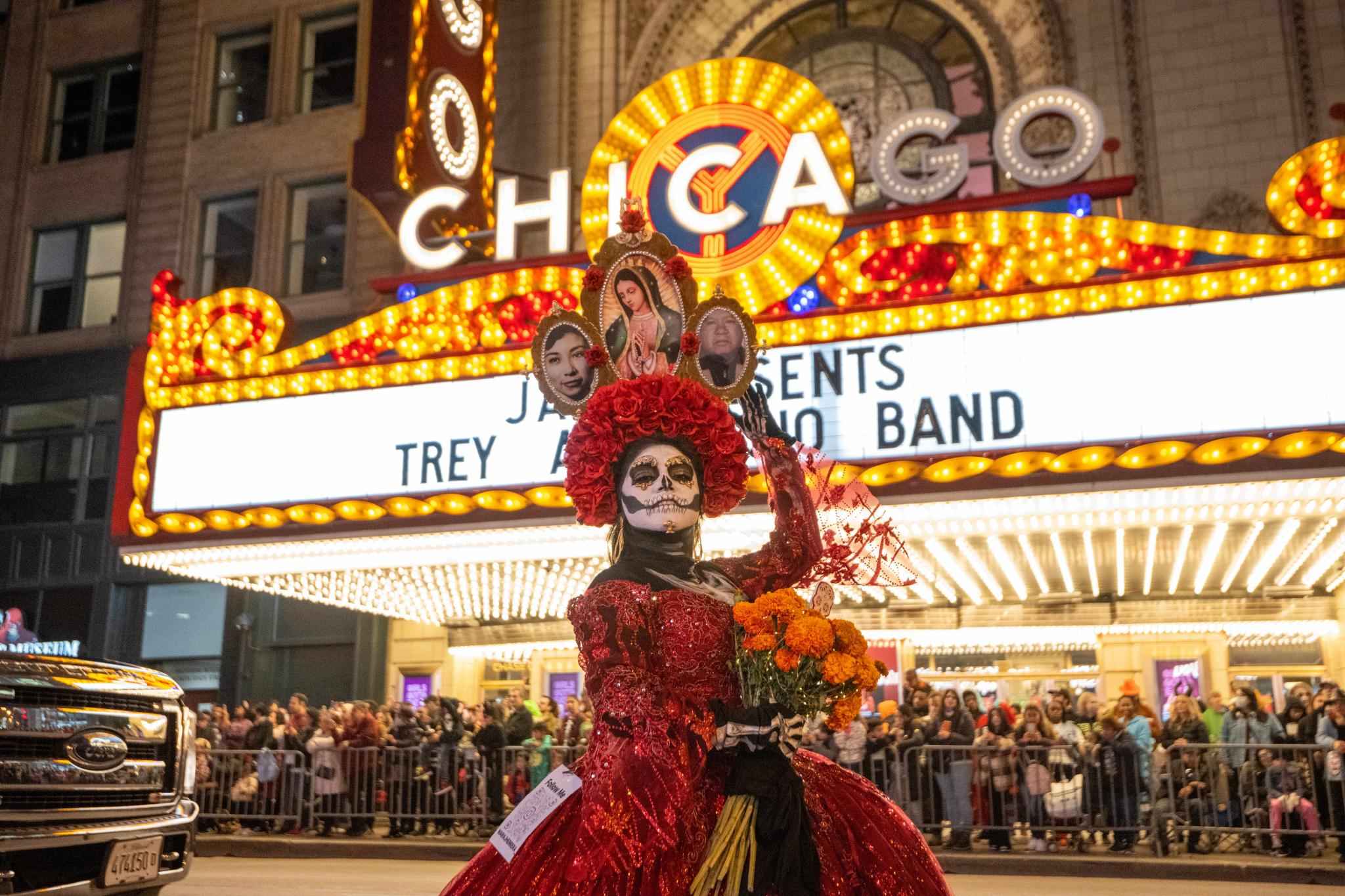Explore Chicago’s Legendary Skyline: A Walking Tour of Architectural Masterpieces
Chicago has long been celebrated as an architectural mecca, a city where visionary architects like Louis Sullivan and Ludwig Mies van der Rohe pushed boundaries and redefined urban landscapes. From the birth of the skyscraper to the sleek lines of International Style, every era and design philosophy is represented within a short walk in downtown Chicago. If you’re ready to explore the city’s built heritage, crane your neck and discover these 10 iconic buildings that define Chicago’s stunning skyline.
Architectural Treasures of Downtown Chicago
The Rookery: A Blend of Grandeur and Light
The Rookery Building, designed by Burnham and Root in 1888, presents a formidable exterior of dark red brick and granite. Its facade boasts a captivating mix of Moorish and Romanesque elements, featuring turrets, elaborate tracery, and grand arched entryways, with subtle carvings of crows (“rooks”) adorning the entrance. In stark contrast to its solid exterior, the central lobby is a breathtaking, light-filled space, thanks to a stunning decorative iron and glass atrium famously renovated in 1905 by Frank Lloyd Wright. This Chicago landmark stands at 209 S. LaSalle St.
Monadnock Building: Pioneering Skyscraper Design
The Monadnock Building, a testament to early skyscraper innovation, showcases a remarkable architectural evolution. Its northern half, completed in 1891 by Burnham & Root, stands as the last masonry-supported skyscraper in Chicago, featuring incredibly thick walls at its base that taper upwards. The southern half, added two years later by Holabird & Roche, was constructed with a more modern steel frame. Despite being initially dismissed for its stark exterior, visionary architect Louis Sullivan famously praised its “amazing cliff of brickwork.” You can find this historic structure at 53 W. Jackson Blvd.
Tribune Tower: A Gothic Icon on Michigan Avenue
The Tribune Tower, an enduring symbol of Chicago’s architectural prowess, arose from a 1922 international design competition to create “the most beautiful office building in the world.” Completed in 1925 by Hood & Howells, this towering Gothic skyscraper anchors the southern end of the Magnificent Mile. Its design captivates with soaring flying buttresses at the top and a unique collection of embedded artifacts at ground level, featuring fragments from world-renowned monuments like the Colosseum, Taj Mahal, and even the Berlin Wall, offering a fascinating visual journey. Visit this masterpiece at 435 N. Michigan Ave.
Palmolive Building: Art Deco Elegance
The Palmolive Building, an exquisite example of Art Deco architecture, is best admired from Oak Street Beach or from a high vantage point like the John Hancock observatory. Built in 1929 by Holabird & Root, it was one of the first skyscrapers constructed outside the immediate downtown area. For decades, its powerful, rotating beacon illuminated the night sky, a striking feature that projected a 2-billion-candlepower beam until 1981, when it was finally decommissioned due to complaints from nearby high-rise residents. This elegant structure is located at 919 N. Michigan Ave.
860-880 North Lake Shore Drive: The Birth of Modernism
The twin apartment towers at 860-880 North Lake Shore Drive, completed in 1951 by Ludwig Mies van der Rohe, were revolutionary. Their pioneering glass and steel design was so impactful that it spawned countless imitators, leading them to blend into today’s skyline. Originally dubbed “glass houses,” their brilliant simplicity and clear structural expression still warrant attention, particularly from the lakefront path. As these are residential buildings, public access is limited to the stark, elegant lobbies, which feature Mies’s iconic Barcelona chairs.
Marina City: A “City Within a City” Vision
Marina City, designed by Bertrand Goldberg and Associates in 1964, stands out with its instantly recognizable “corn cob” towers along the Chicago River. These buildings predated Chicago’s recent downtown living boom by envisioning a comprehensive “city within a city,” complete with apartments, shops, a theater (now the House of Blues), a bowling alley, and even an ice skating rink. From street level, the unique semicircular concrete balconies wrapping the towers create the impression of delicate flower petals. Find this distinctive complex at 300 N. State St.
John Hancock Center: An Iconic Tapering Profile
The John Hancock Center, completed in 1969 by Skidmore, Owings & Merrill, is Chicago’s fourth-tallest building and immediately recognizable by its distinctive tapering silhouette, prominent cross-bracing, and twin antennas. Located on the posh Magnificent Mile, its 94th-floor observatory offers stunning panoramic views of the lakefront and city. For those wishing to linger over the vista, the Signature Room, a lounge and restaurant on the 95th floor, provides window tables to enjoy the spectacular scenery. It’s located at 875 N. Michigan Ave.
Willis Tower: A Vertical City Landmark
Still an imposing fixture on the Chicago skyline, the Willis Tower (formerly Sears Tower), completed in 1974 by Skidmore, Owings & Merrill, stands at a monumental 1,451 feet and 108 stories. While no longer the world’s tallest, its sheer scale remains impressive. The 103rd-floor Skydeck offers breathtaking views extending far beyond the Loop. Back on the ground level, don’t miss “The Universe,” a large, vibrant mobile by Alexander Calder, prominently displayed in the Wacker Drive lobby at 233 S. Wacker Dr.
333 West Wacker: A Curving Glass Masterpiece
Completed in 1983 by Kohn Pedersen Fox Associates, 333 West Wacker is a modern favorite among Chicagoans. Its distinctive blue-green reflective glass wall, nearly 500 feet tall and 300 feet wide, gracefully curves to follow the southward bend of the Chicago River. This design creates captivating reflections of the surrounding buildings and dramatic shifts in the sky, making it a consistently acclaimed “newer” skyscraper in the city.
Carbide and Carbon Building: Art Deco Opulence
The Carbide and Carbon Building, designed by the Burnham Brothers in 1929, embodies the lavishness of the Art Deco era. Often likened to a champagne bottle, this Chicago landmark rises 40 stories from a polished black granite and marble base. Its striking green glazed terra cotta is topped with a tower adorned with gold leaf, which is spectacularly illuminated at night. A significant $106 million renovation in 2004, including the restoration of over 7,700 terra cotta tiles, transformed this distinctive skyscraper into a stylish hotel, preserving its unique charm. It stands at 230 N. Michigan Ave. Explore Chicago’s Legendary Skyline: A Walking Tour of Architectural Masterpieces
Chicago has long been celebrated as an architectural mecca, a city where visionary architects like Louis Sullivan and Ludwig Mies van der Rohe pushed boundaries and redefined urban landscapes. From the birth of the skyscraper to the sleek lines of International Style, every era and design philosophy is represented within a short walk in downtown Chicago. If you’re ready to explore the city’s built heritage, crane your neck and discover these 10 iconic buildings that define Chicago’s stunning skyline.



